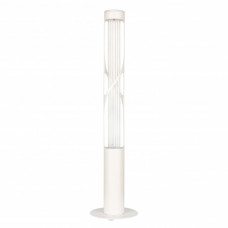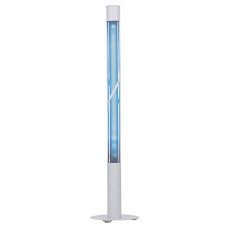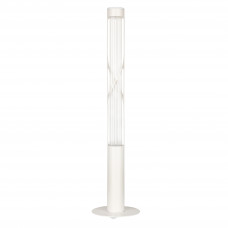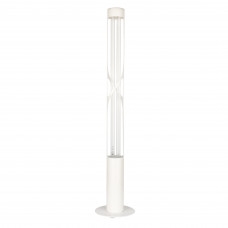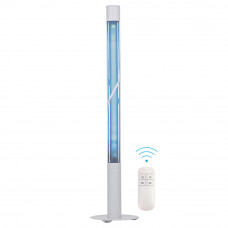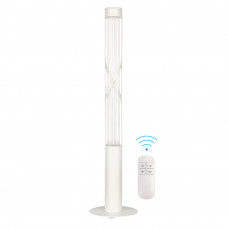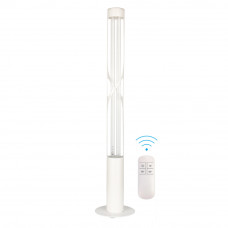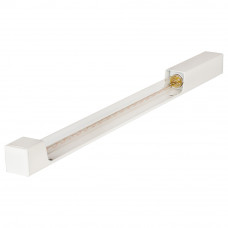In healthcare settings, maintaining a sterile and safe environment is of utmost importance to prevent the spread of infections and ensure patient safety. One of the most effective methods for achieving this is through the use of ultraviolet (UV) disinfection, specifically with medical lamps designed for this purpose. These lamps play a crucial role in sterilizing hospital rooms, equipment, and surfaces, contributing to the overall cleanliness and hygiene in medical facilities.
The Role of Medical Lamps in Hospital Room Disinfection
A medical lamp designed for disinfection emits ultraviolet light, particularly in the UV-C spectrum, which is known for its ability to kill or inactivate microorganisms. UV-C light disrupts the DNA and RNA of viruses, bacteria, and fungi, rendering them incapable of reproduction and thereby eliminating the risk of infection. This makes it an essential tool in hospitals, where pathogens can easily spread and cause complications for patients with weakened immune systems.
The Importance of Hospital Room Quartz Disinfection
The process of quartz disinfection of hospital rooms involves using UV-C lamps equipped with quartz glass to ensure maximum exposure to ultraviolet light. These lamps are strategically placed in patient rooms, operating theaters, and other high-risk areas where infections are likely to spread. Quartz lamps are highly effective because the quartz glass used in their construction allows the UV-C light to pass through more efficiently than standard glass, resulting in stronger and more effective disinfection.
In hospital settings, maintaining sterile conditions is vital, particularly in spaces such as intensive care units (ICUs), surgical suites, and patient recovery rooms. The use of quartz lamps ensures that these critical areas remain as free of pathogens as possible, reducing the likelihood of healthcare-associated infections (HAIs), which are a significant concern in modern healthcare.
Advantages of UV Disinfection in Hospitals
Using medical lamps for disinfection offers several advantages over traditional cleaning methods:
Non-chemical disinfection: Unlike chemical disinfectants, UV light does not leave behind any harmful residues, making it safer for patients and medical staff. This is especially important in areas where vulnerable patients are treated, as it reduces the risk of exposure to harsh chemicals.
Quick and effective: UV disinfection is highly efficient, requiring only a short period to eliminate harmful microorganisms. This is crucial in a hospital setting, where time is often a critical factor, and rooms need to be disinfected quickly between patient visits or after surgeries.
Comprehensive coverage: Medical lamps can disinfect both the air and surfaces in a room. This means they can target areas that might be missed by manual cleaning, such as hard-to-reach corners or the undersides of furniture and medical equipment.
Reduction of antibiotic-resistant bacteria: The rise of antibiotic-resistant bacteria, such as MRSA (methicillin-resistant Staphylococcus aureus), poses a major challenge in healthcare. UV disinfection is effective against these superbugs, helping to reduce their spread in hospitals where traditional antibiotics might fail.
The Role of Medical Staff in UV Disinfection
While UV-C disinfection is an effective tool, it must be used properly to achieve the desired results. Medical staff play a vital role in ensuring that disinfection procedures are carried out correctly. This includes:
Positioning the lamps: Proper placement of the lamps is essential to ensure that all areas of a room receive adequate exposure to UV-C light. Medical personnel must follow established protocols for the correct positioning and duration of use.
Ensuring safety: UV-C light can be harmful to human skin and eyes, so staff must ensure that rooms are unoccupied during the disinfection process. This may involve coordinating with hospital administrators to schedule cleaning times when patients and staff are not present.
Monitoring the effectiveness: Hospitals often employ sensors or indicators to measure the effectiveness of UV disinfection. These tools help medical staff verify that the lamps are working properly and that the room has been adequately disinfected.
The Future of UV Disinfection in Hospitals
As technology advances, the role of UV disinfection in healthcare settings is likely to expand. New innovations in medical lamps, such as the development of mobile UV robots, are already being implemented in some hospitals. These autonomous devices can move through rooms, ensuring even coverage of UV light, reducing the need for manual placement of lamps.
Moreover, ongoing research is exploring ways to make UV disinfection even safer and more efficient. This includes the development of UV-C lamps that can operate in the presence of people, offering continuous disinfection without the risk of harm to patients or staff.
The use of medical lamps and the practice of quartz disinfection of hospital rooms are essential in maintaining a sterile environment in healthcare settings. These technologies offer a non-invasive, efficient, and highly effective method of reducing the spread of harmful microorganisms, ultimately protecting patients and healthcare workers alike. As hospitals continue to seek ways to enhance safety and reduce the incidence of healthcare-associated infections, UV disinfection will remain a key component in the fight against infectious diseases.

